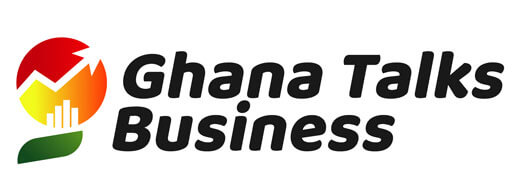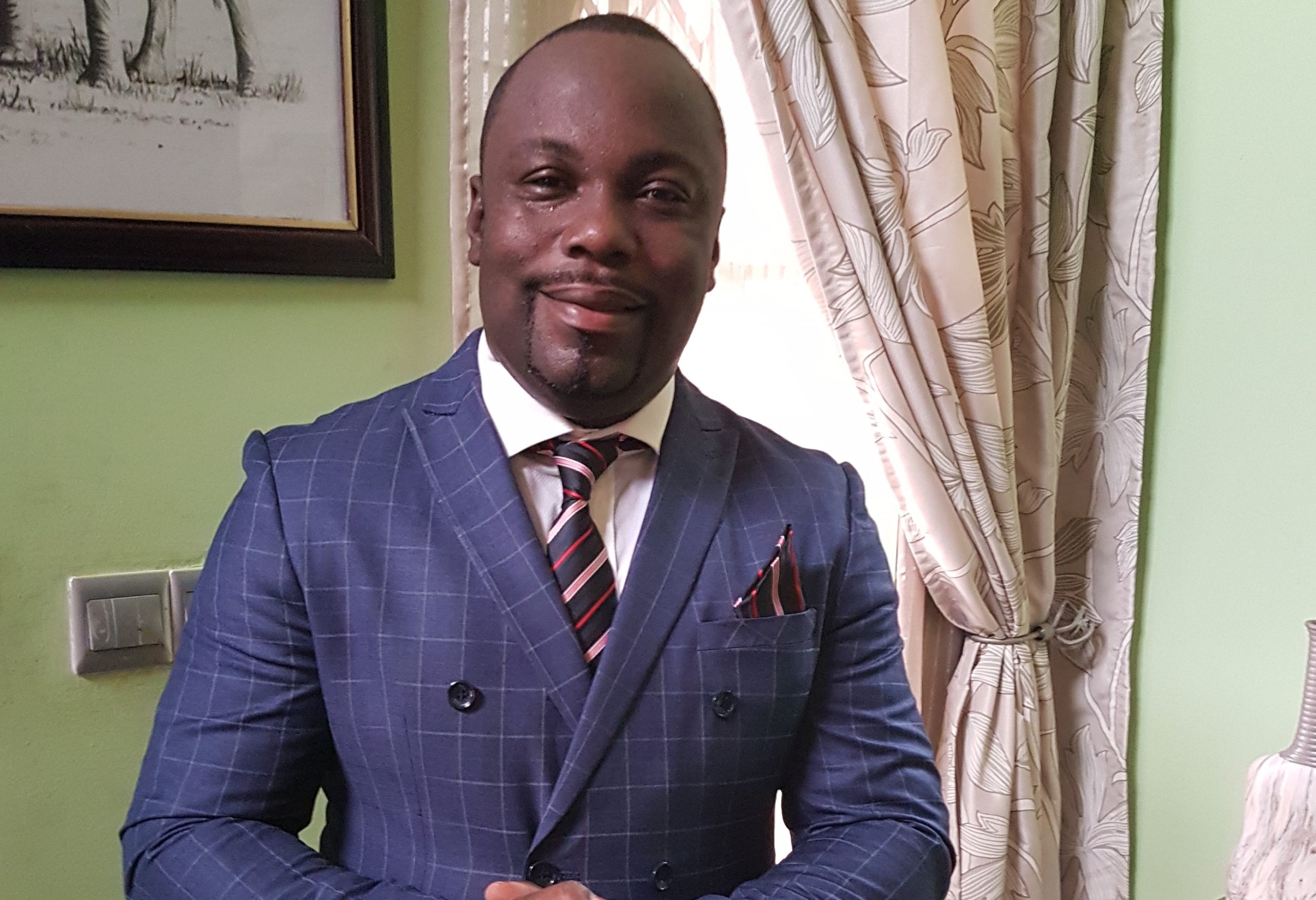Who’s got the biggest economy in Africa?
Uuumm… that’s a toughie. But we really should know so we can drop it into conversation in a casually cool way – I always find listing the 54 African countries by GDP in 2017 makes me pretty popular – and I want to give you too the chance to gain a reputation for exciting repartee.
What do we know? Based on the dodgy exchange rates being used in Egypt until November 2016 and in Nigeria, Ethiopia, Angola, etc. all year – Nigeria was the largest economy in Africa in 2016, followed by Egypt and then South Africa. All of Africa had a similar GDP to India, but was not as big as California. That goes a long way to explaining relative news coverage.
What about 2017? “We have a problem here Captain,” as Scottie would have said because we just worked out that the IMF is using an average exchange rate for Nigeria of 304/$ for its GDP estimates. Now I like the IMF resident a lot – but I think this is hard to justify. The I and E fx window rate has averaged 368/$ from 25 April to 11 October. What about January to April? Do we use the parallel market rate that hit as weak as 520/$ in early 2017, or the naira rate quoted on Bloomberg which was 313/$?
In the graph below, we show both Nigeria using the IMF figure, and Nigeria using a 367/$ average. If you believe the IMF, Nigeria was number one. If you think 367/$ is more realistic, it was number two and South Africa swept past both Egypt* and Nigeria to take the number one slot again. Humble South Africans can once again stand tall, arm in arm with President Zuma, a man who has helped ensure per capita GDP in 2017 is not above the lofty heights it achieved in 2007. To be fair to Zuma, Brexit has helped push UK per capita GDP back to below 2006 levels. This must be a deliberate part of the UK charm offensive to rebuild links to the old empire so that will help make Britain great again.
*at least Nigeria has an IMF implied exchange rate, Egypt doesn’t let the IMF publish one, so you are relying on us for that figure
Meanwhile Ethiopia cleverly timed its devaluation until just after the IMF publication so they can lay claim to eigth place, when the devaluation probably means they are ninth behind Kenya.
What about GDP per capita? Nigeria, Kenya, Ghana, and Ivory Coast are all in roughly the same place – just ahead of Bangladesh – with wealth levels double that of Rwanda or Uganda. Of these, Kenya, Ghana and southern Nigeria are best placed to industrialise in the same way that southern Bangladesh has.
I tested this last chart on Twitter and the instant response was: “Not Equatorial Guinea”. Fair enough, the average per capita GDP may bear no relation at all to GDP per person once the boss has nabbed all the oil wealth. But the point is, India is mid-way between countries like Egypt, Nigeria, Ghana and Kenya, and positive themes should be found in a few of them.
Regarding the Kenyan elections, what we heard at our East Africa conference is that President Kenyatta would probably win a re-run, especially if Odinga boycotted the second round. Odinga is due to speak at Chatham House tomorrow – so we may hear more – and is bound to be getting heavy international pressure to minimise the risk of turbulence.
Conclusion
GDP per capita has probably bottomed now in Egypt, Nigeria and a fair few others. The next move should be up again as we enter 2018. Nigeria may have lost out to South Africa in terms of being the largest economy in Africa in 2017 (let’s see what happens to the ZAR by year-end) but this South African resurgence won’t last for too long. We continue to see Morocco, Egypt, Tunisia, Ghana and Kenya as among those best placed to industrialise in the coming years.
Author: Charles Robertson, global chief economist at Renaissance Capital







